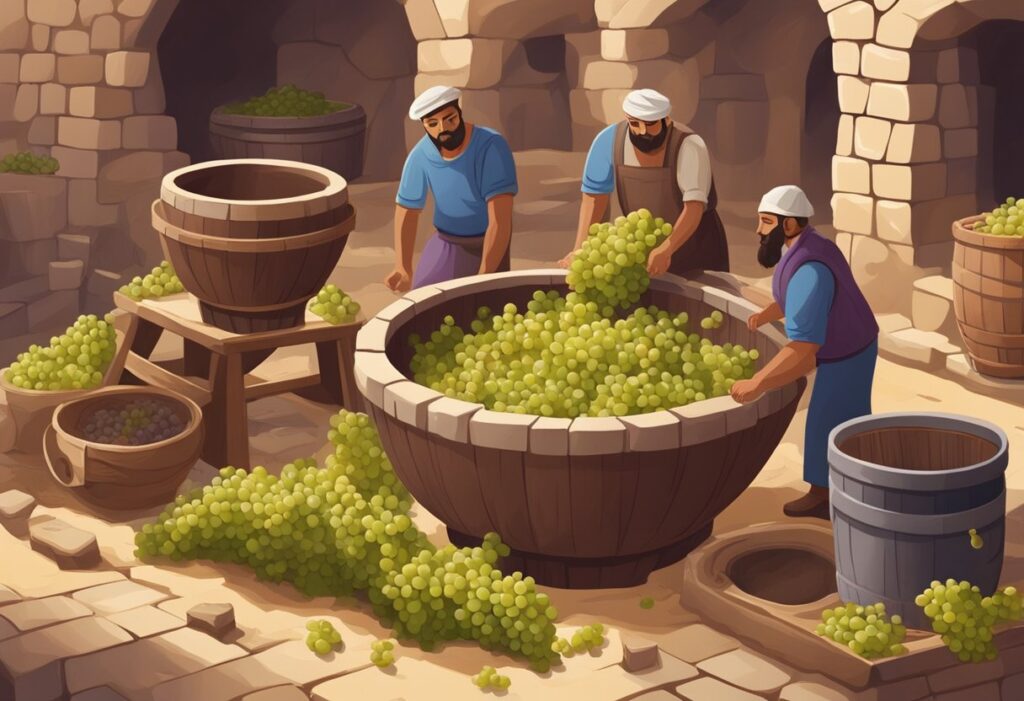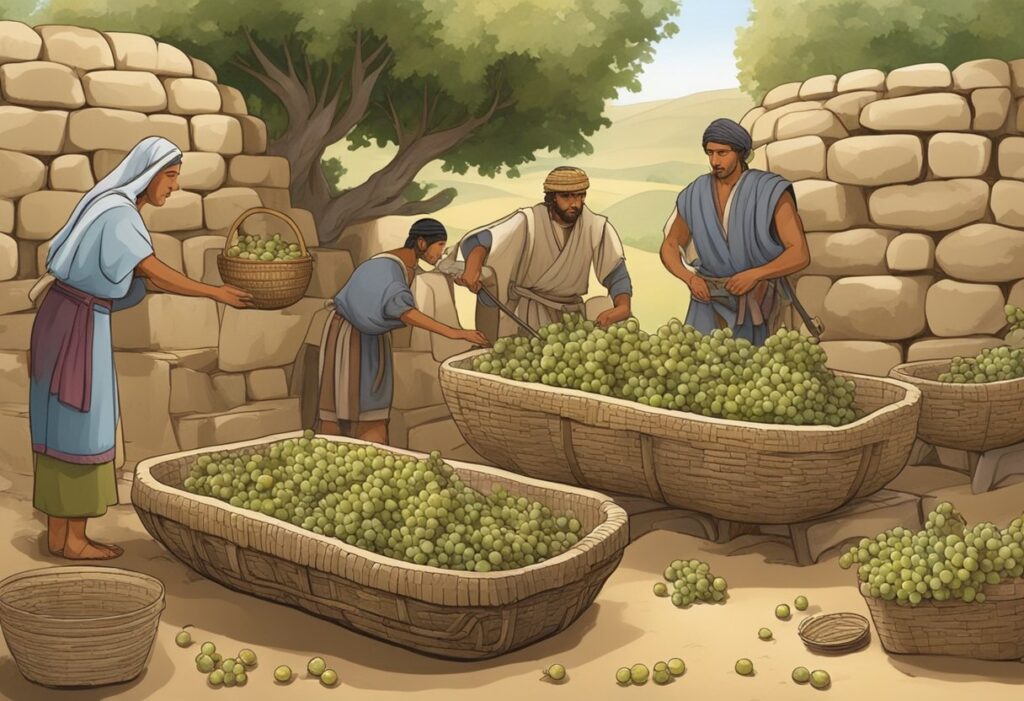Imagine walking through the historic vineyards of Spain, where ancient roots intertwine with modern winemaking techniques. You can feel the presence of history under your feet, dating back over 3,000 years when the Phoenicians introduced viticulture to Spanish lands. Eventually, the Romans, known for their love of wine, further cultivated these vineyards, especially around modern-day Tarragona, leaving an indelible mark on Spain’s winemaking journey.
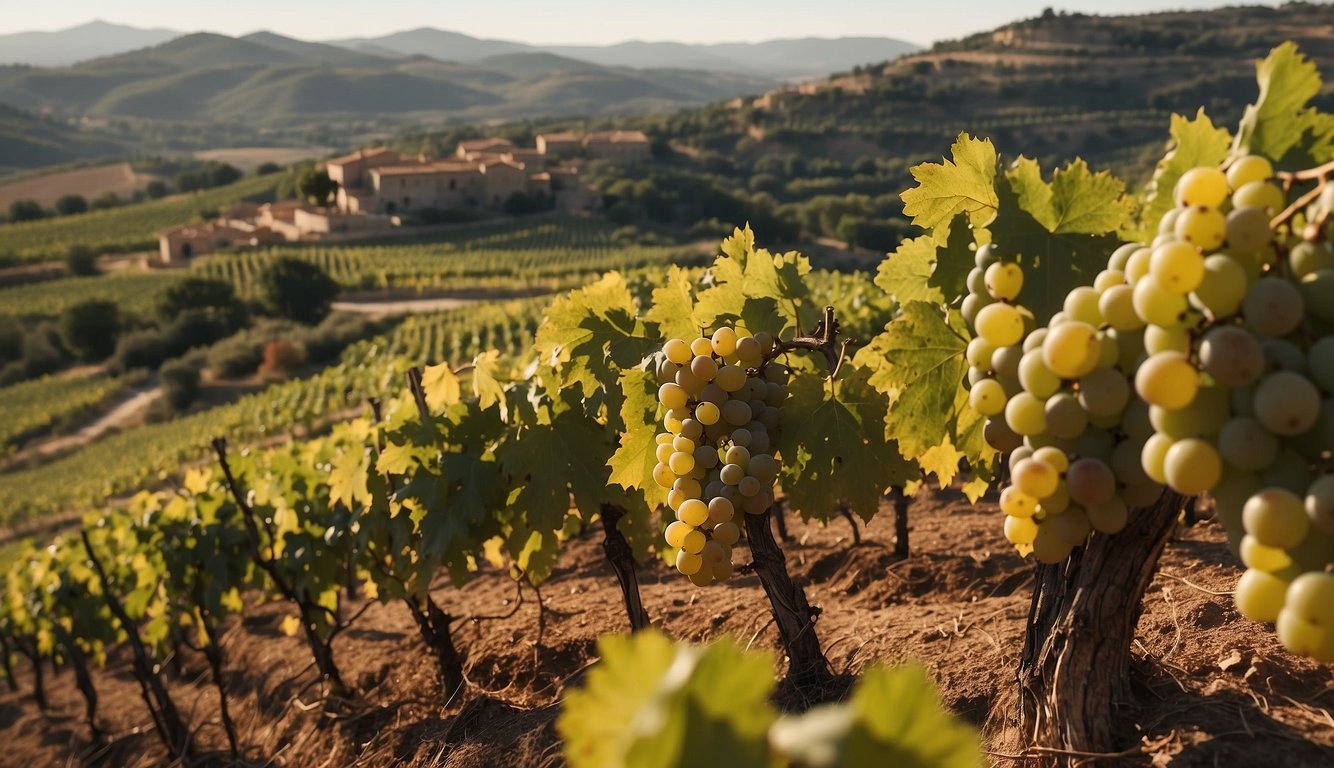
As you explore the diverse wine regions of Spain, from the lush hills of Galicia to the sunny plains of Jerez, you’ll discover a wine for every taste. Spanish wines are known for their robust reds, refreshing whites, sparkling Cavas, and unique sherries. Today, with over 60 official wine regions, Spain’s wine industry continues to grow and innovate, honoring ancient traditions while embracing new viticultural practices.
Understanding Spain’s winemaking heritage means appreciating the contributions of various cultures over millennia. By visiting these historic vineyards or simply enjoying a bottle of Spanish wine, you’re partaking in a legacy that has shaped not only the Spanish landscape but also the global wine industry.
The Dawn of Spanish Wine: Phoenicians to Romans
Spanish winemaking began with the ancient Phoenicians. They planted the first grapevines in Spain and were later followed by the Romans, who further developed viticulture and expanded wine production.
Ancient Beginnings with the Phoenicians
The Phoenicians, known for their exceptional trade networks, arrived in Spain around 1100 BC. They were among the greatest Mediterranean traders and brought along grapevines and wine production techniques. These early settlers founded cities like Gadir (modern-day Cádiz).
They introduced grapes to the local communities and established viticulture in the southwestern parts of Spain.
Viticulture spread rapidly due to the favorable climate. This was the beginning of the Spanish wine culture, laying the foundation for future developments.
Roman Influence and Expansion
By the 2nd century BC, the Romans conquered Spain, taking viticulture to new heights. They established large-scale vineyards and advanced winemaking techniques.
One prominent example is the region of Tarraco (modern-day Tarragona), noted by Pliny the Elder for its outstanding wines. The Romans transported Spanish wines throughout the vast Roman Empire, enhancing its fame.
They also improved vineyard management, planting methods, and wine storage. The Roman influence greatly expanded Spanish wine production, making it a significant part of the local economy. Their legacy is still evident in many Spanish winemaking practices today.
Middle Ages to Renaissance: Moorish Rule and Reconquista
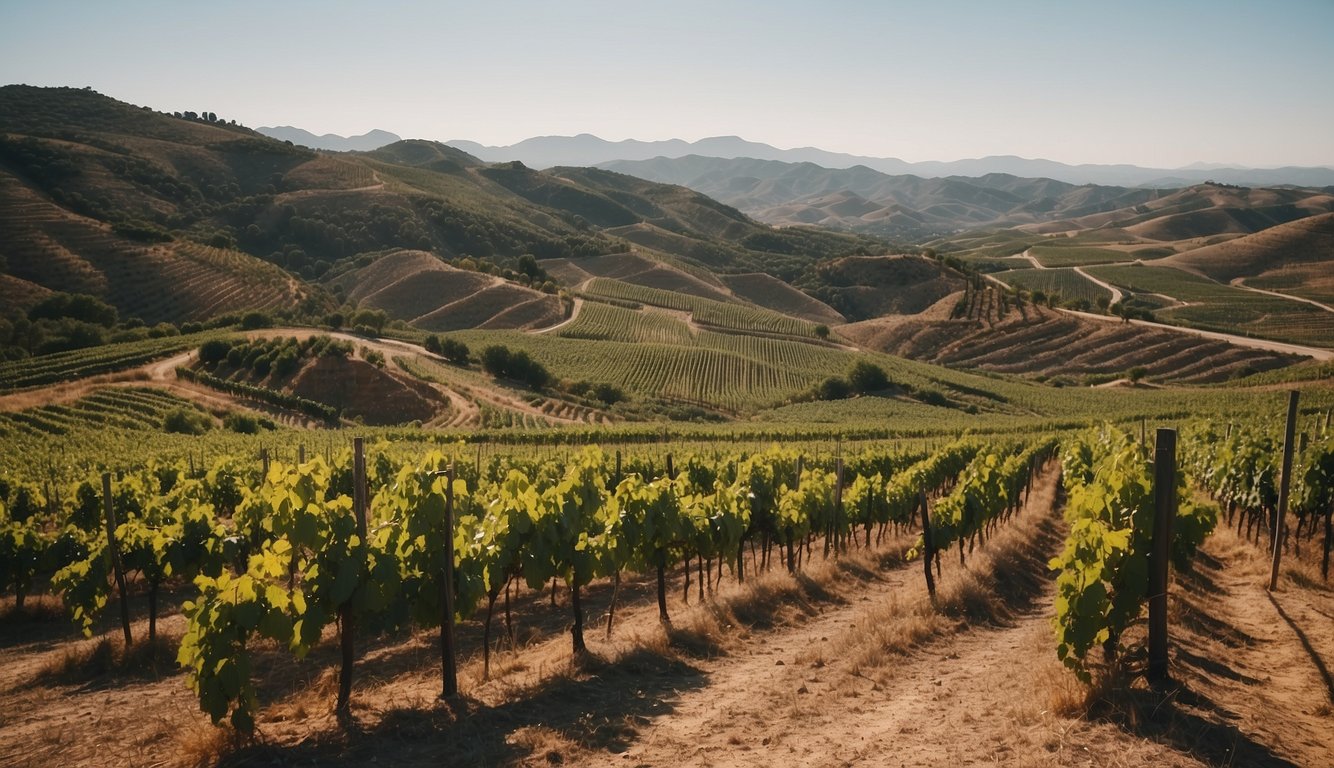
During the Middle Ages, the Moors ruled over parts of Spain, influencing many aspects of life, including viticulture. As the Christian Reconquista progressed, the role of wine evolved and expanded.
Wine Production Under the Moors
When the Moors controlled much of the Iberian Peninsula, they brought botanical knowledge and advanced agricultural practices. Despite Islamic prohibitions on alcohol, wine production didn’t cease completely. Wine was produced for medicinal purposes and for Christian communities living under Moorish rule.
Grapevines continued to be cultivated, and vineyards flourished, especially around areas that retained Christian inhabitants. The Moors’ emphasis on irrigation and land management improved the quality and quantity of grape harvests. You would see innovations in vineyard techniques that set groundwork for future Spanish viticulture.
Wine’s Role in Reconquista and Beyond
The Christian Reconquista, aiming to reclaim territories from Moorish rule, was a period of intense military and cultural change. Wine became a significant symbol for the Christian kingdoms. Pivotal battles and victories were often celebrated with wine, embedding it deeper into the culture.
Post-Reconquista, wine production expanded rapidly. New vineyards were planted, and older ones were revitalized. Wine festivals and trade grew, shaping the economic landscape. Vineyards that survived Moorish rule thrived, becoming foundations for later renowned wine regions in Spain. This era marked the beginning of Spain’s rise as a key player in the global wine industry.
Golden Age to Modern Era: Regulations and Quality
As Spain’s winemaking evolved, key developments ensured the industry maintained high-quality standards. This period saw the establishment of regulatory bodies and overcame significant challenges, leading to innovations and a stronger wine industry.
Establishment of Denominación de Origen (DO)
The Denominación de Origen (DO) system was created to protect the quality and authenticity of Spanish wines. Introduced in the 1930s, it set strict regulations on production methods, grape varieties, and geographical boundaries. This ensured that wines like Sherry and Rioja maintained their unique characteristics and high standards.
By adhering to these regulations, Spanish wines gained recognition and respect globally. You’ll find that the DO system has been vital in preserving traditional winemaking practices while encouraging innovation.
Phylloxera Plague and Rebirth of the Industry
The Phylloxera plague in the late 19th century devastated European vineyards, including Spain’s. This tiny insect destroyed countless vines, causing a significant drop in wine production. However, the crisis prompted French Winemakers to migrate to Spain, bringing new techniques and expertise.
By grafting Spanish vines onto resistant American rootstocks, the industry slowly recovered. This period of rebirth led to improved vineyard management, higher quality wines, and a more resilient wine industry.
Advancements in the 20th Century
The 20th century brought numerous advancements to Spanish winemaking. Post-World War II, there was a renewed interest in modernizing techniques and equipment. Innovations such as temperature-controlled fermentation and stainless steel tanks allowed for more precise production.
Quality became a focal point as winemakers sought to compete on the global stage. The re-establishment of traditional wine regions and the introduction of new ones under the DO system further enhanced Spain’s reputation. Today, Spanish wines are celebrated for their excellence and diversity, reflecting a perfect blend of tradition and innovation.
Spain’s Premier Wine Regions and Their Signatures
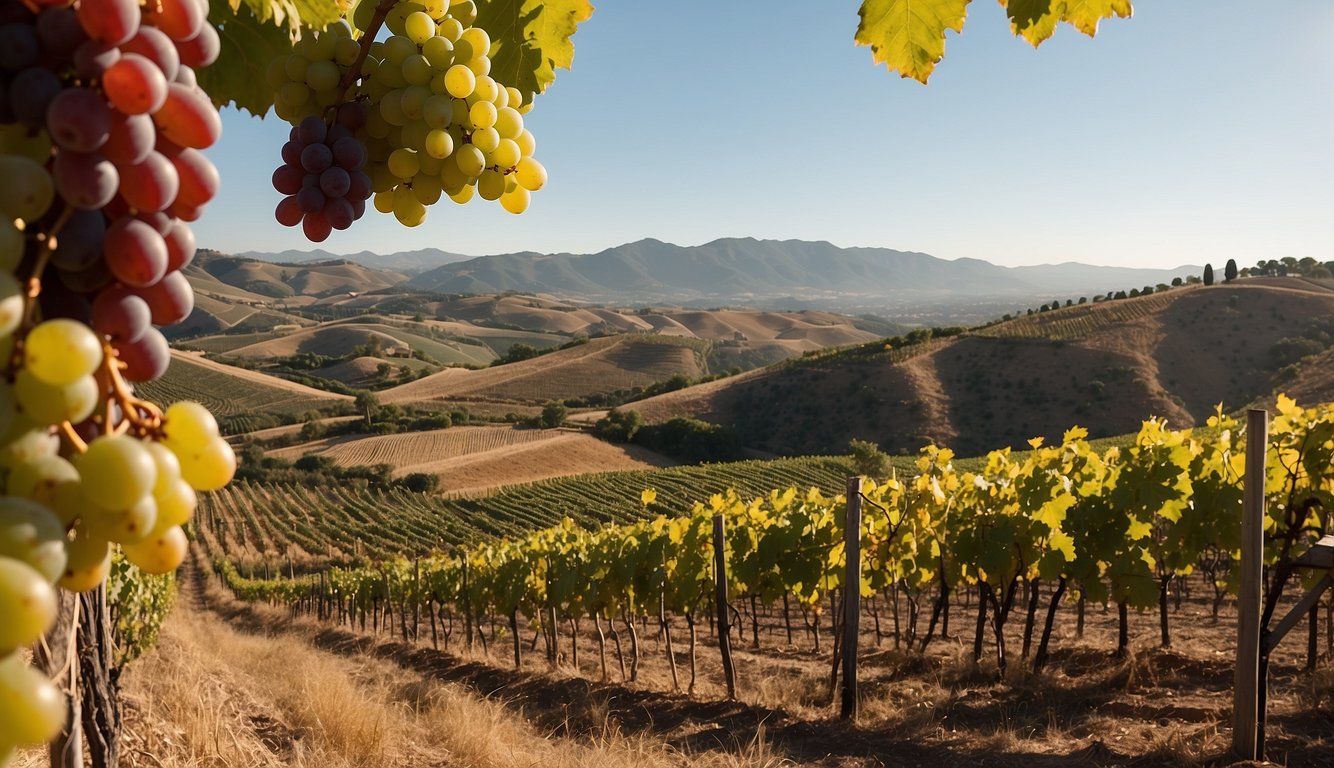
Spain is home to a vast array of wine regions, each offering unique flavors and styles. From the bold reds of Ribera del Duero to the sparkling Cava of Catalonia, there is something for every wine lover.
Rioja: The Jewel in the Crown
When you think of Spanish wine, Rioja often comes to mind. This region is famed for its Tempranillo grapes, producing wines with rich flavors and excellent aging potential. Located in northern Spain, Rioja enjoys a mix of Atlantic and Mediterranean climates, perfect for viticulture.
Vineyards in Rioja are known for their oak-aged reds. These wines often have hints of vanilla, sweet spices, and dark fruit. The region is divided into three sub-regions: Rioja Alta, Rioja Baja, and Rioja Alavesa, each offering distinct wine characteristics.
Exploring Rioja means experiencing a blend of tradition and innovation, making it a must-visit for any wine enthusiast.
Ribera del Duero and Its Robust Reds
Ribera del Duero sits along the Duero River and is synonymous with robust, full-bodied reds. Known mainly for Tempranillo, which here is often called Tinto Fino or Tinto del País, wines from this region are powerful and complex.
The slate-rich soils and high altitude of the vineyards contribute to the unique character of Ribera del Duero wines. Many wines here undergo lengthy aging processes, resulting in deep, intense flavors with notes of dark berries, tobacco, and leather.
A visit to this region will let you taste wines that are as bold and rugged as its landscape.
The Bubbles of Catalonia: Cava
Catalonia, in northeastern Spain, is renowned for its vibrant wine scene, particularly for Cava, Spain’s famous sparkling wine. Made using the traditional method, similar to Champagne, Cava is celebrated for its crisp, refreshing taste.
The vineyards in Catalonia benefit from diverse terroirs, from the Mediterranean coast to the Pyrenees. This diversity allows for a range of Cava styles, from brut nature to sweeter variants.
Your experience with Cava will reveal flavors of green apple, citrus, and almond, making it perfect for celebrations or casual enjoyment.
Diversity in Galicia: Albariño and Beyond
Galicia, located in the northwest, is known for its Albariño wines. These bright, zesty white wines often draw comparisons to those from neighboring Portugal. The Rias Baixas DO is the heart of Albariño production, producing wines with high acidity and notes of stone fruit and floral aromas.
Besides Albariño, Galicia also produces Torrontés, Treixadura, and Lado. These varieties grow along the Miño River in the O Ribeiro sub-region, adding to the diverse wine offerings of Galicia.
Exploring Galician wines means enjoying a variety of refreshing, vibrant whites that are perfect for pairing with seafood or enjoying on a warm day.
Explore these regions and discover the true essence of Spanish wine, from age-old practices to modern innovations.
Modern Techniques and Innovation in Spanish Winemaking
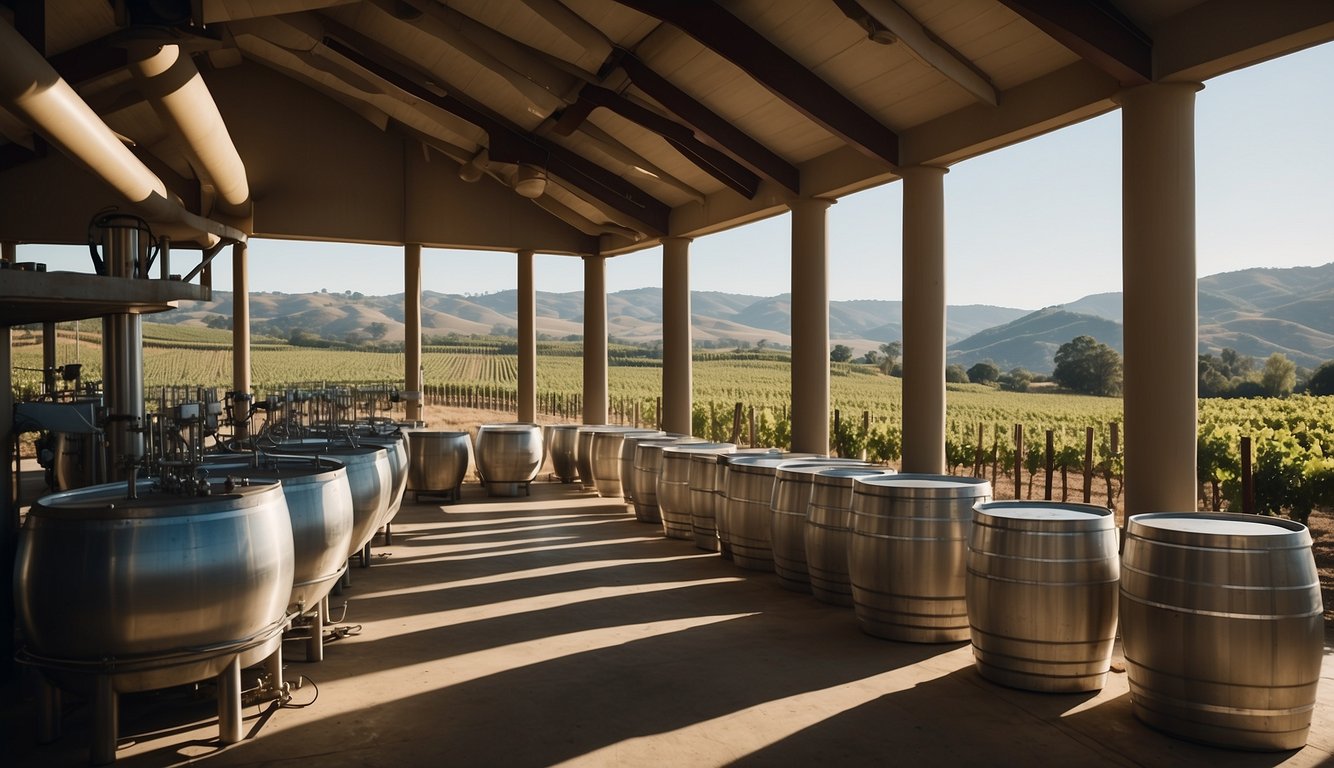
Spanish winemakers are combining their rich heritage with cutting-edge technology and new practices. They focus on moving towards organic farming and using advanced technologies in every step of winemaking.
The Shift to Organic and Sustainable Practices
Many Spanish winemakers are now adopting organic and sustainable practices. They focus on reducing the use of chemicals and enhancing soil health. Organic vineyards avoid synthetic pesticides and fertilizers, which helps in maintaining natural balance.
Sustainable techniques include using solar energy, recycling water, and reducing carbon footprints. These methods not only protect the environment but also improve the quality of the grapes. Spain’s commitment to sustainability is evident in the increasing number of certified organic vineyards.
The push towards organic wine production also brings unique flavors and healthier options to your table. Winemaking Process in Spain
Technological Advances in Viticulture and Vinification
Technology has revolutionized viticulture and vinification in Spain. Precision agriculture tools, like drones and sensors, monitor vineyard health and precisely manage water usage. This ensures each grapevine gets the right amount of care.
In the winery, modern techniques such as temperature-controlled fermentation and automated sorting improve efficiency and quality. Temperature control helps in maintaining the ideal conditions for fermentation, leading to better flavors and aromas.
Automated systems sort grapes faster and more accurately than traditional methods, ensuring only the best grapes are used. Innovations in ageing techniques, like using different types of oak barrels and experimenting with new ageing vessels, add complexity to Spanish wines. The Role of Technology in Spanish Winemaking
